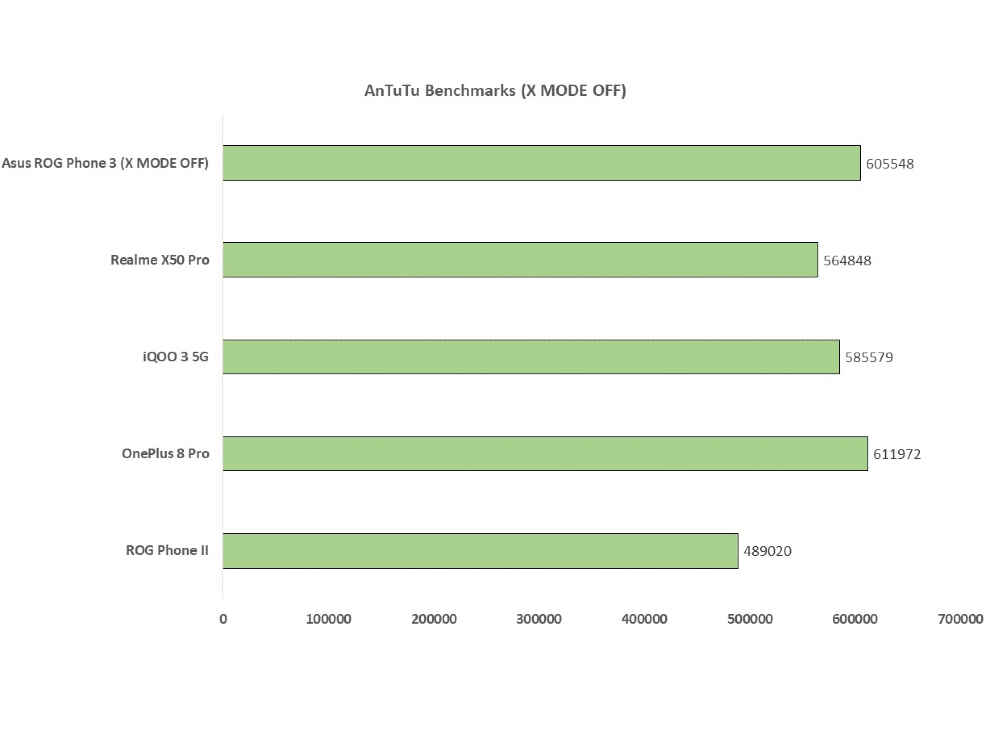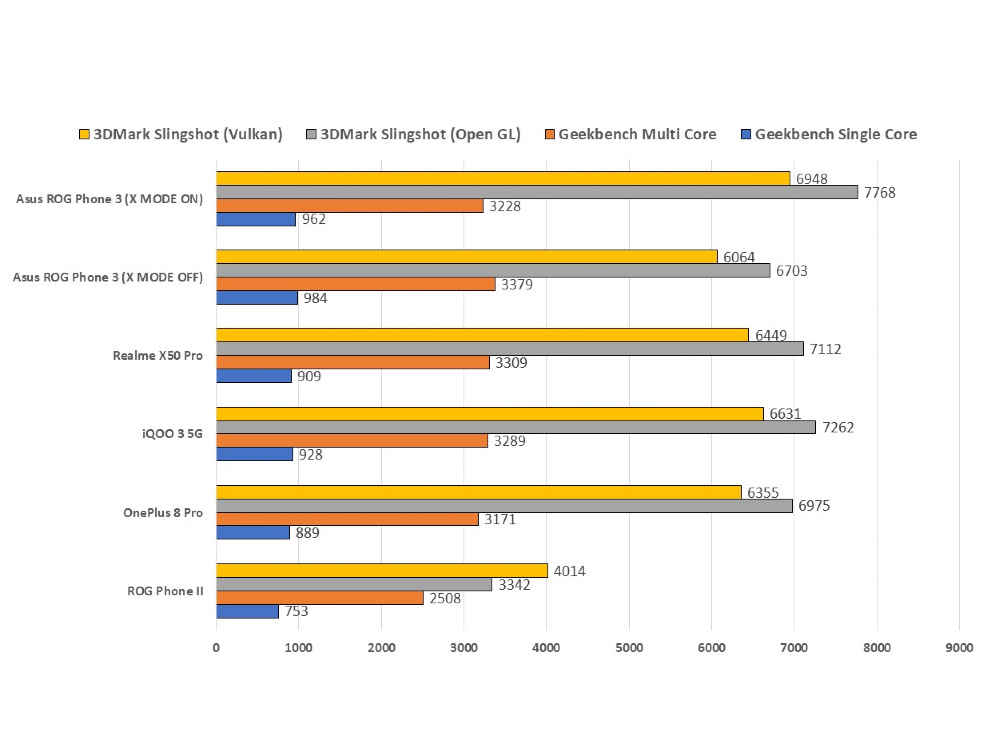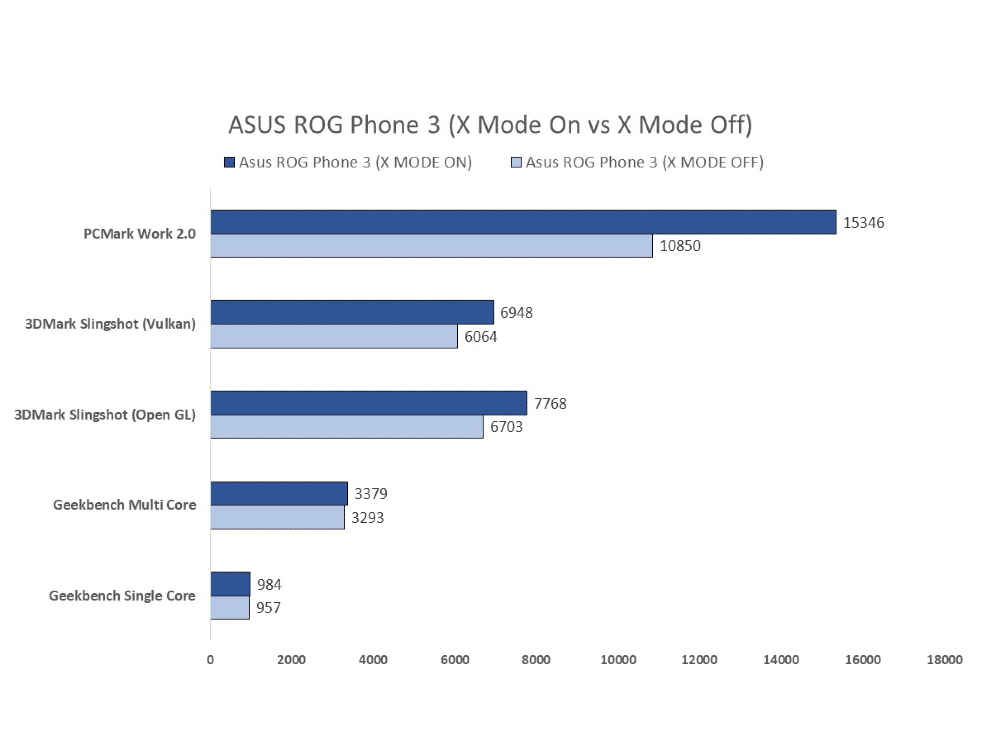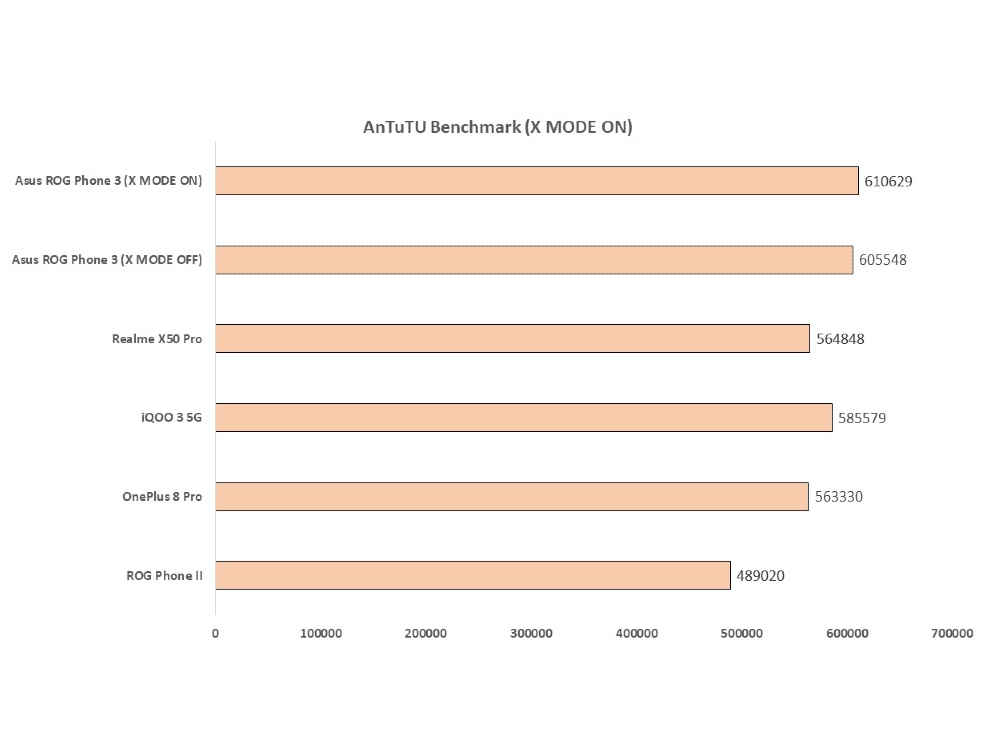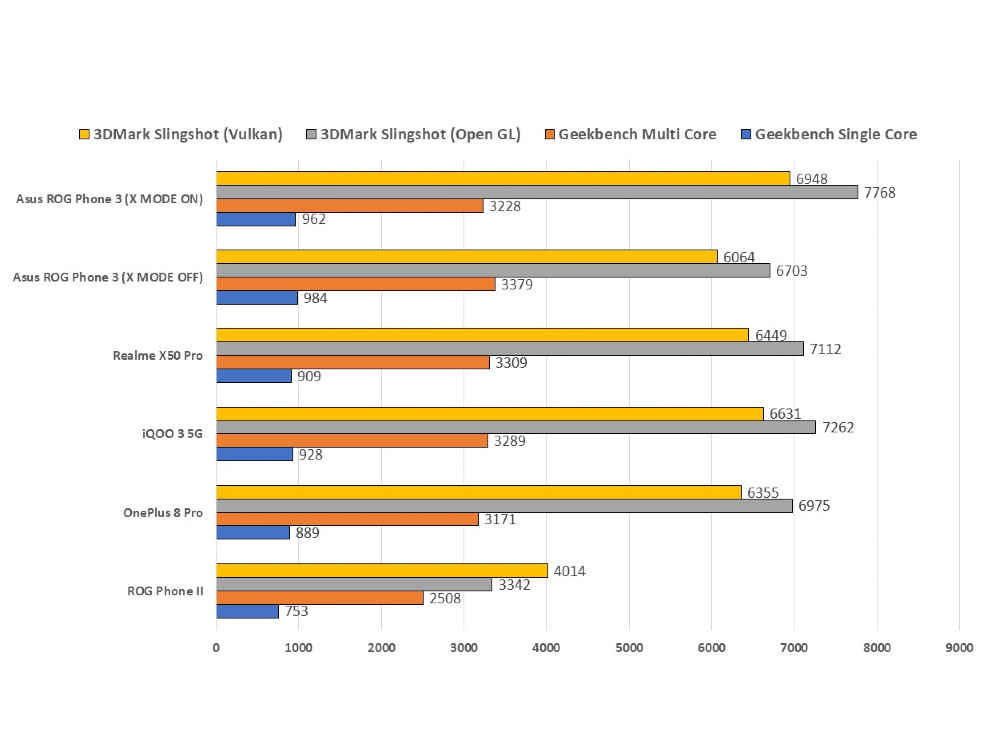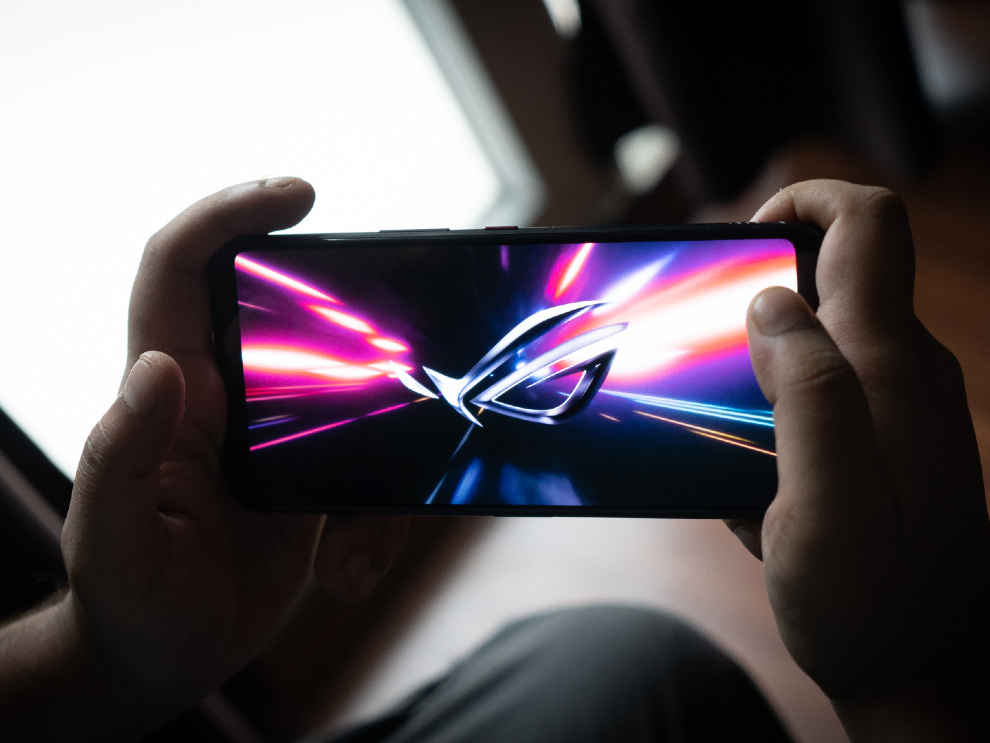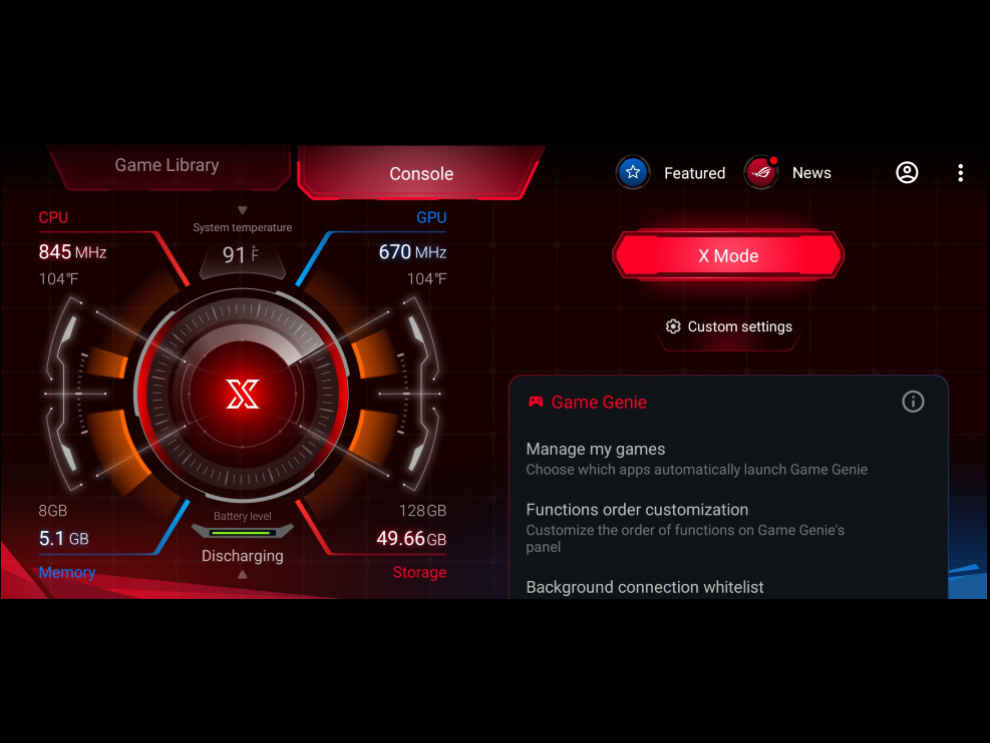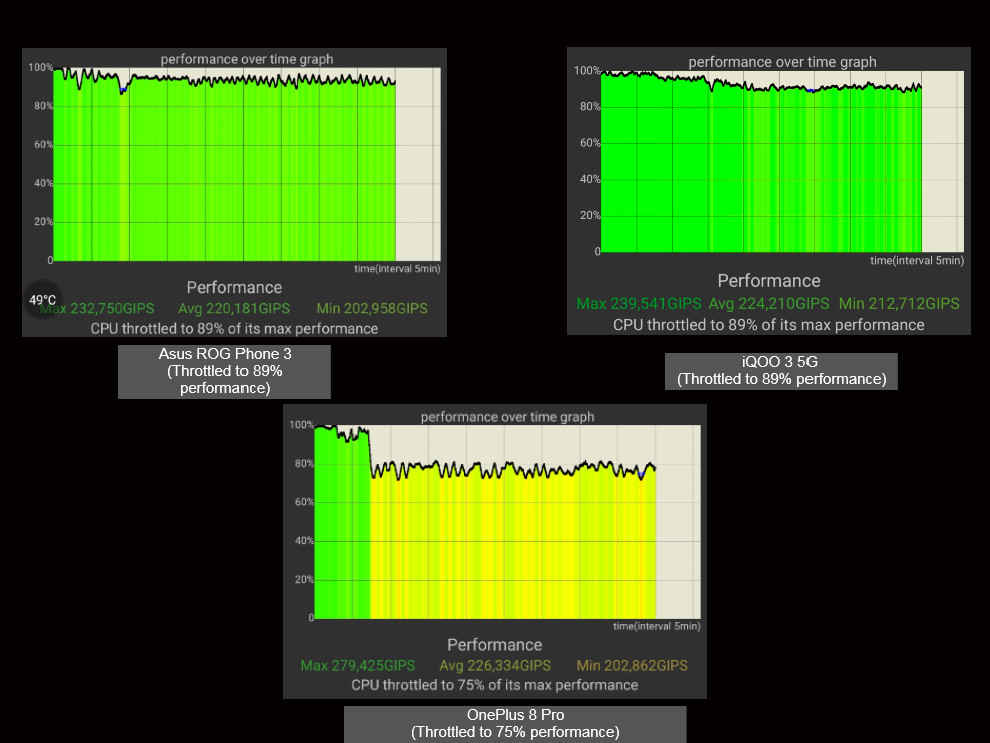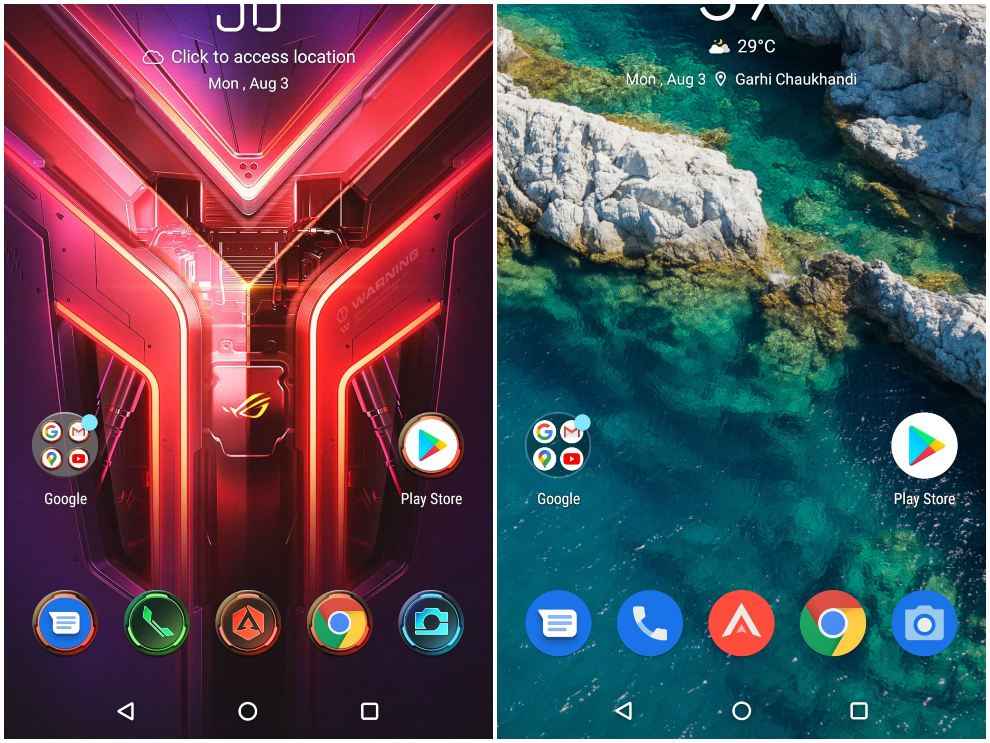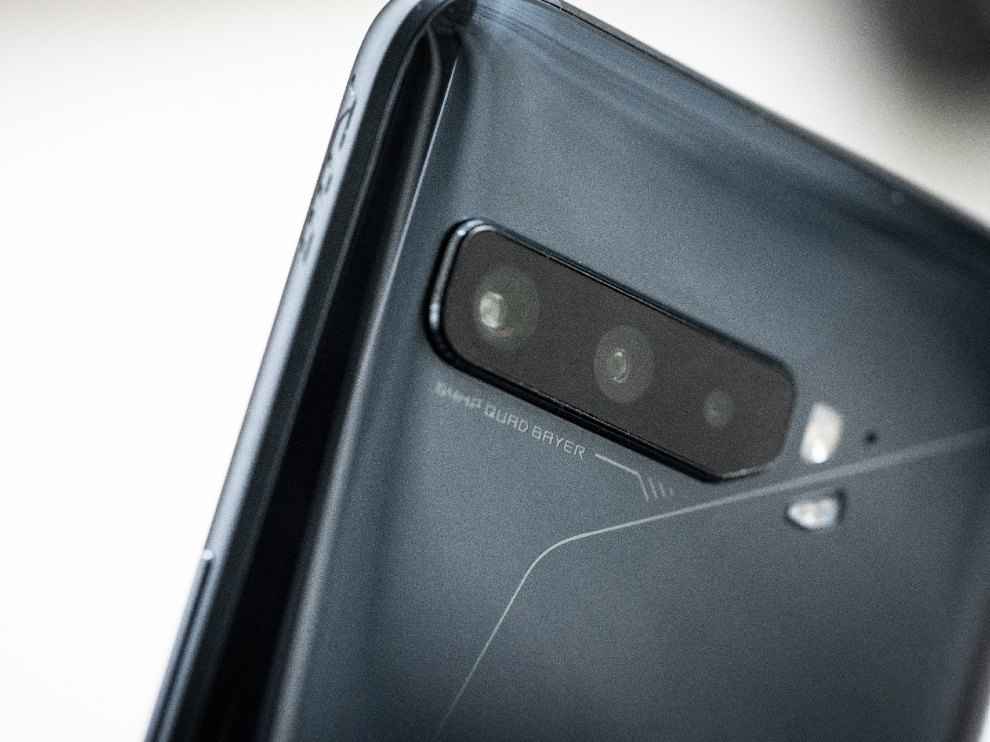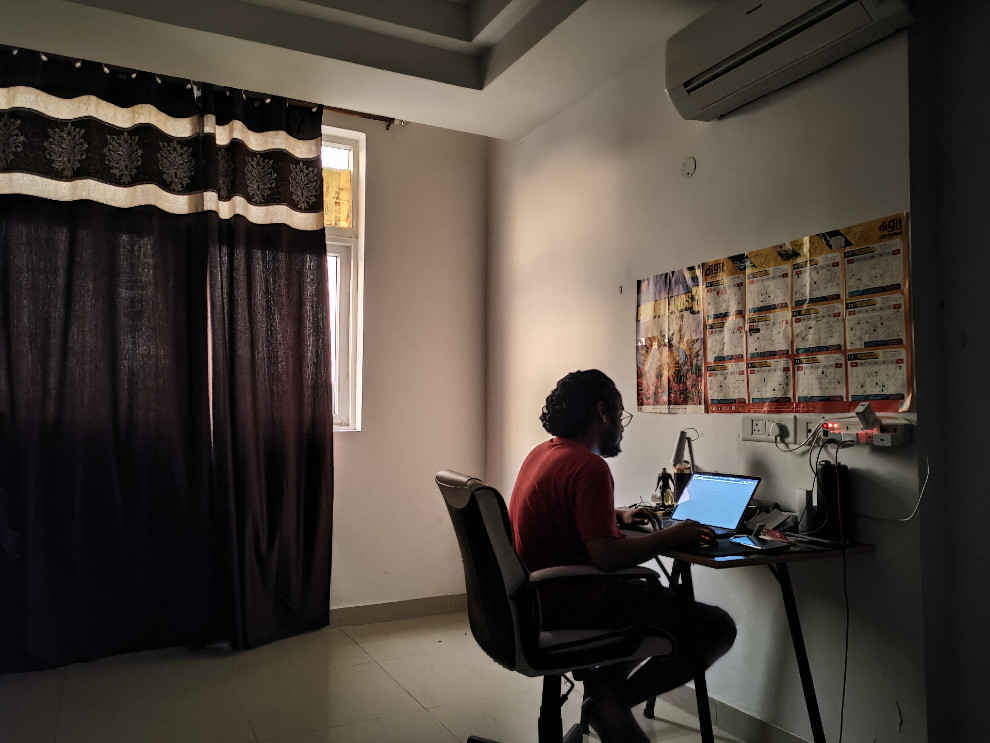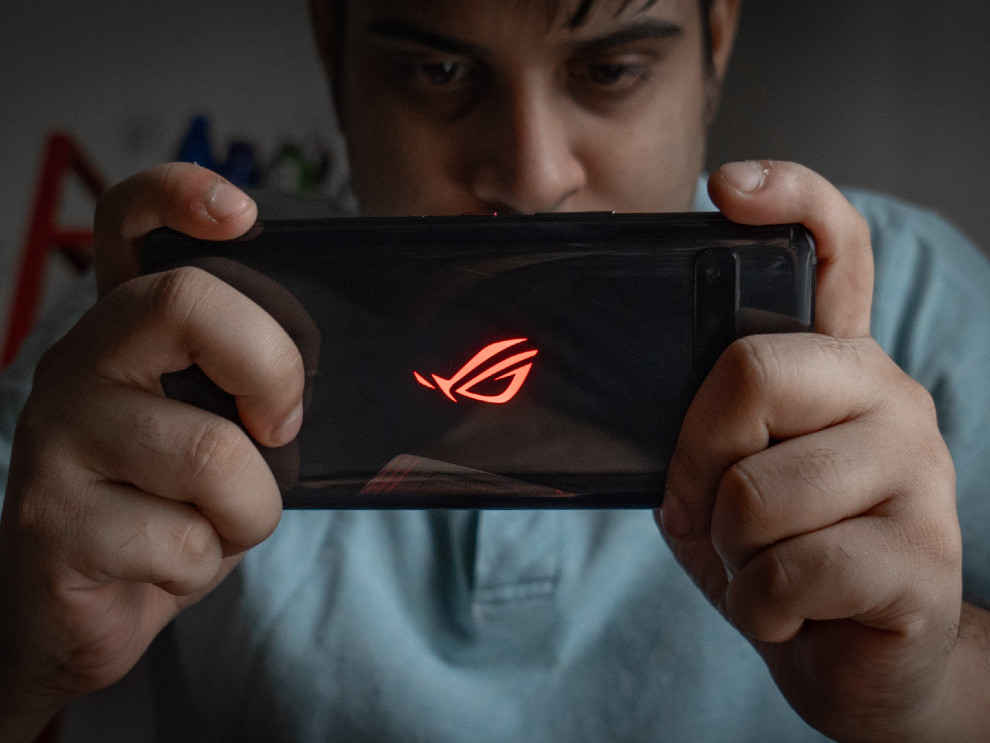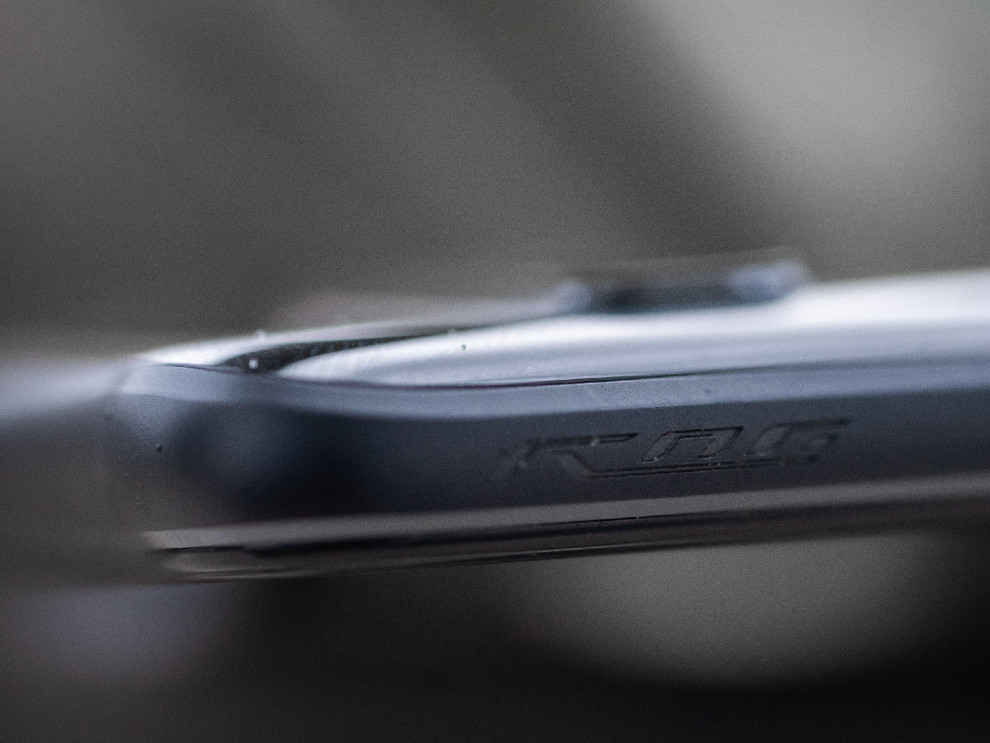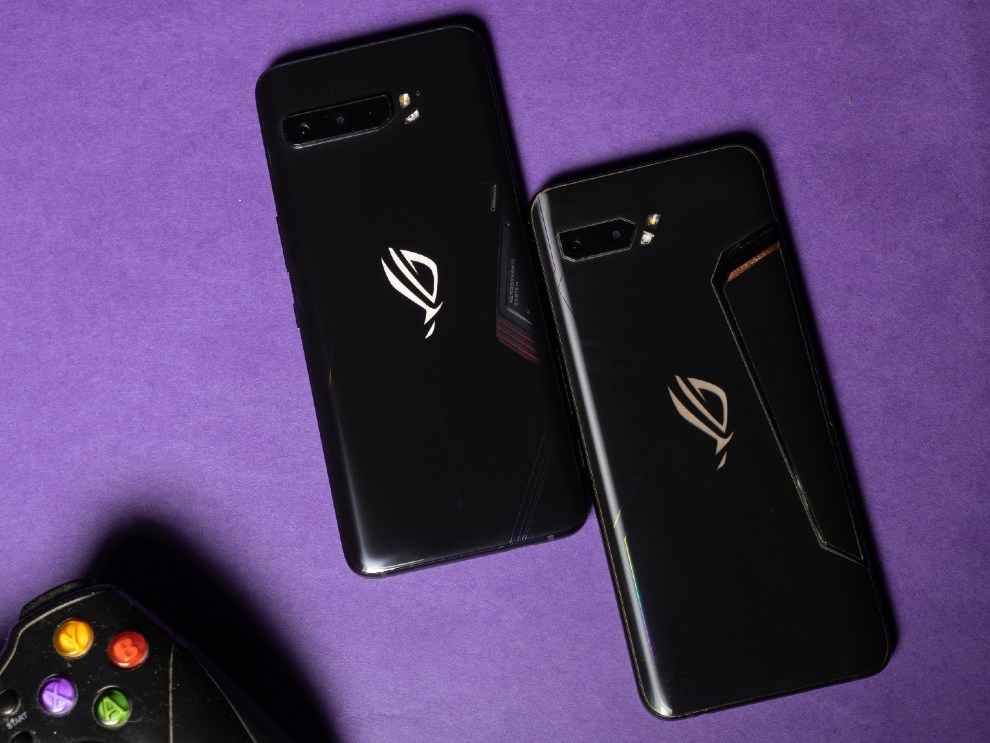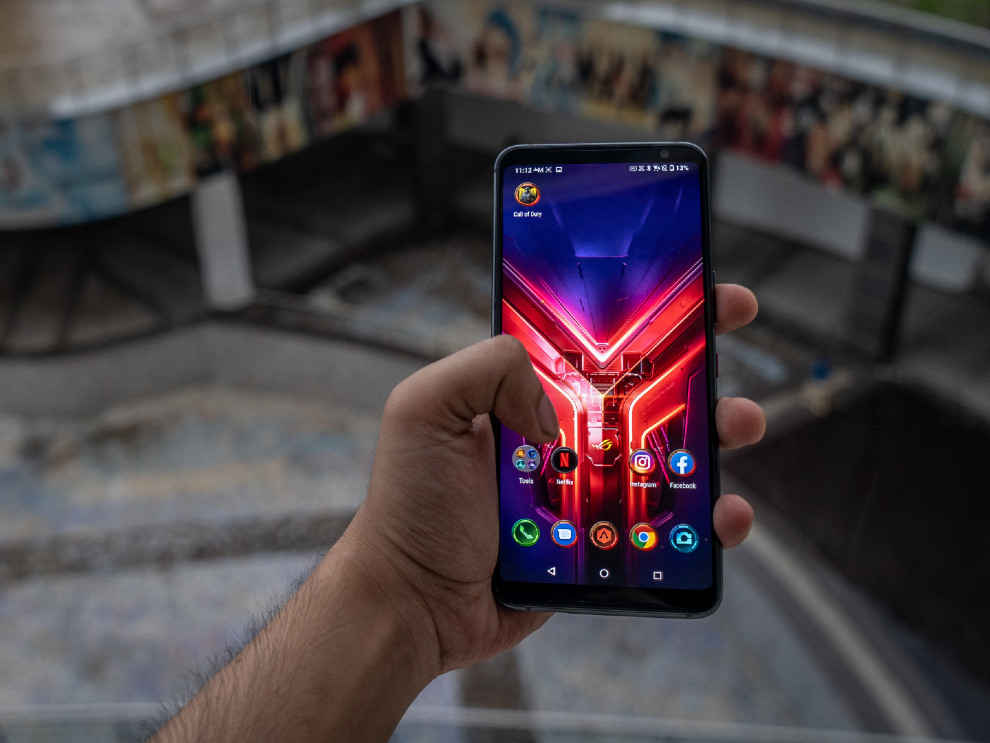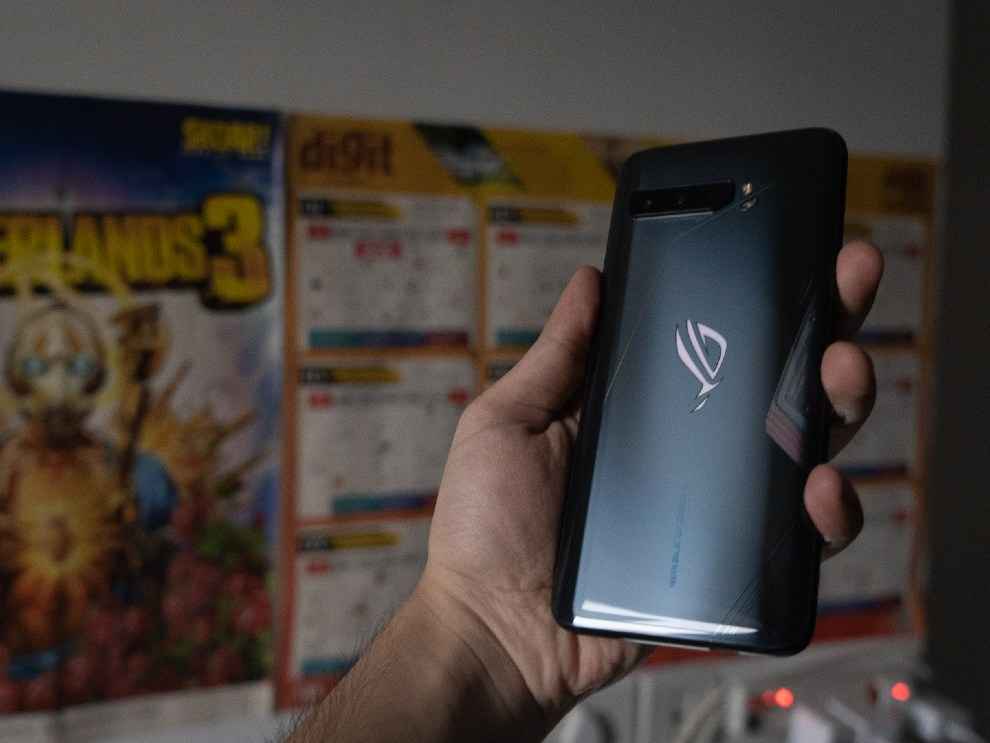Asus ROG Phone 3 Review : Smartphone gaming, personalised
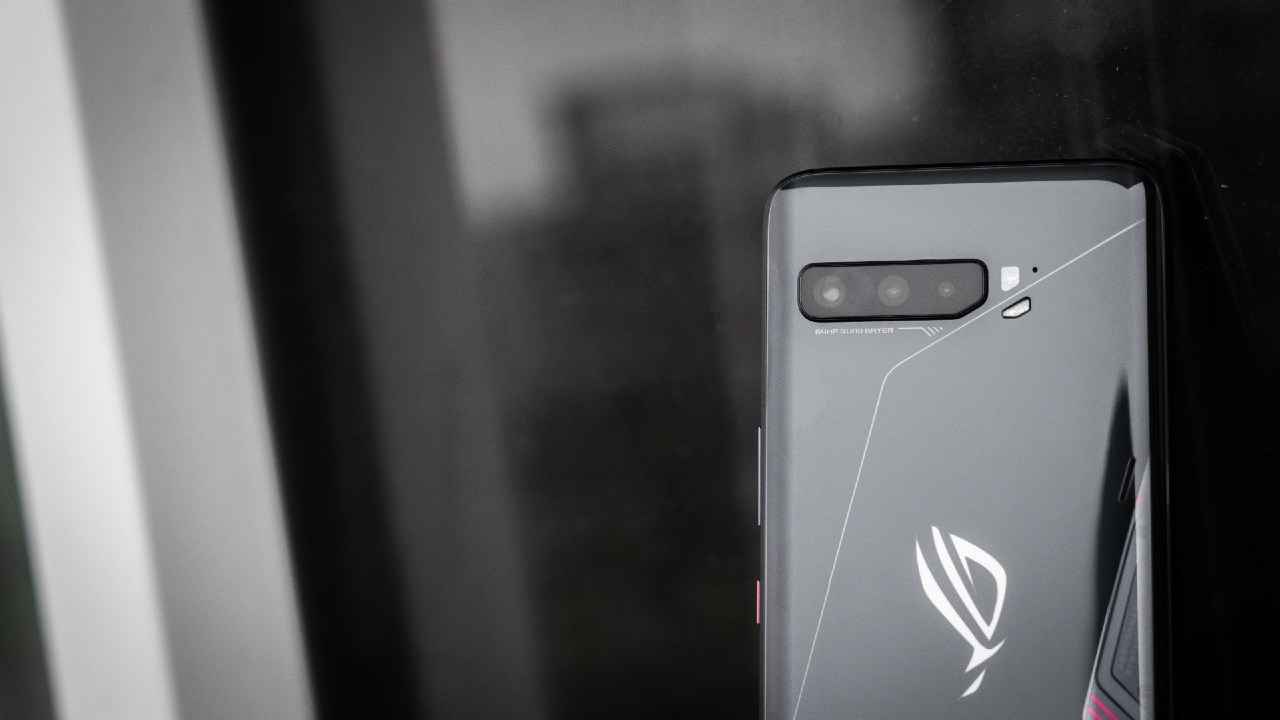
The Asus ROG Phone 3 is a giant in both the form factor and in its performance. So while the former will put off buyers looking for a regular flagship, it's the latter that means a lot more to hardcore gamers.
The ROG Phone 3 is the third iteration of Asus’ gaming smartphone, a niche it has meticulously carved (along with a handful of others, of course) to serve a growing community of smartphone enthusiasts and gamers. Primarily gamers. Lending the ROG brand to the device certainly infuses confidence considering the prowess it holds in the PC segment for gaming machines. And amidst a host of well-tuned flagships quite capable of delivering excellent gaming performance, the ROG Phone 3 deviously includes these minor, but significant features that make this the weapon of choice for anyone even remotely considering smartphone gaming as a career option.
The ROG Phone 3 comes with the Qualcomm Snapdragon 865+, the same flagship SoC found in the OnePlus 8 Pro, but speed-binned to make the Kryo 585 prime core to run at 3.1GHz instead of 2.8GHz. The Snapdragon 865+ also has the same Adreno 650 GPU, but tuned to run 10 per cent faster. At the top edge of smartphone computing, these numbers may not mean much for the average joe, but for a gamer, these are certainly some things to boast about.

But that’s not where the feature-list ends, and it’s important to list them out before even starting the review because it’s ultimately these features that sets this smartphone apart. These are the Air Triggers, and a 144Hz AMOLED display with 270Hz touch sampling and 25ms touch latency. Any PC gamer will tell you having the fastest CPU and GPU are only a part of the whole setup. The display and peripherals are equally important. That’s exactly what the ROG Phone 3 proves when it comes to smartphone gaming as well.
Asus ROG Phone 3 Benchmark Analysis
With the internals onboard, the Asus ROG Phone 3 is clearly the most powerful smartphone you can buy right now. Our unit was running on the Snapdragon 865+ along with 8GB LPDDR5 RAM and 128GB UFS 3.0 storage and managed to beat all other Android devices launched this year on benchmarks, by a good margin. There’s also a variant with 16GB RAM which we presume will post even higher scores on benchmarks.
The ROG Phone 3 also has a software tweak that unleashes higher compute power from the Snapdragon 865+, called the X Mode. It’s a performance-enhancing mode which gets triggered when you launch games to eke out better performance. Turning the X Mode on during benchmarks also gave higher scores. And the difference is quite significant.
Asus ROG Phone 3 Gaming
Everything about the ROG Phone 3’s design is off-putting for using as a daily driver. It weighs like a brick and looks gigantic in front of its contemporaries, but it's right when you start to play a game that every little decision taken about the ROG Phone 3 start to make sense. Asus offers what is perhaps the most personalised gaming experience on a smartphone, and it achieves so using a four-pronged approach —
1. The weight and dimensions add to a vice-like grip when held in landscape orientation for gaming. There is an additional USB-C port on the side to charge while gaming, and front-facing speakers that are perhaps the loudest you will ever come across on a smartphone. And then there are the AirTriggers.
2. The AirTriggers are not new to the ROG Phone lineup, but this time they have mutated. You can now map up to four functions on the two shoulder buttons, and even bind a function to motion control. Using the whole suite of abilities takes time to get used to, but once you do it leaves you a lot more space for your thumbs to shoot and aim. The AirTriggers are also instantly responsive, but my only gripe is you can’t control the haptic intensity of them, which is a little too intensive.
3. The 6.59-inch AMOLED display is the most impactful, however. It’s not as much the 144Hz refresh rate that gives you the edge, but the fast response times that make this the best gaming smartphone to use in competitive scenarios. The ROG Phone 3 boasts of 270Hz touch sampling and 25ms touch latency and using the touchscreen while gaming is a clear advantage, provided you learn to wield it to perfection. Like the AirTriggers, the touch sensitivity is way too high at default settings. For Call of Duty: Mobile, I had to dial down the touch and slide sensitivities from the Armoury crate to get this sensitive-being under control.
4. The Armoury Crate is the most unique weapon in this phone’s arsenal. It’s an app where games installed are garaged, giving you stats and recordings, and a place to tune the performance to death, for every individual games. It’s also a place that’d be instantly familiar to ROG PC and laptop users, showing the CPU, GPU, temperature values. Here, you can tune every aspect of the gaming performance — CPU and GPU core frequencies, thermal thresholds, scheduler, governor and more. These settings can be saved as presets and can now be shared with fellow ROG Phone 3 users.
All four aspects combined, what you get is comprehensively the most spectacular gaming performance from the ROG Phone 3. It’s not as much the hardware inside that gives it an edge, but more of what is outside, the things you touch and feel on the smartphone – like the display, the trigger buttons and the unique design elements, which offer an edge over others.
Ironically though, the ROG Phone 3 simply refused to be benchmarked by the GameBench application which we use to record frame rates data in real-time. That’s likely because the X Mode was killing background processes to focus solely on the game I was playing. However, we relied on the in-game metrics display to gauge the frame rates games delivered, and most of the popular games like Call of Duty: Mobile, PUBG Mobile, Real Racing 3, Infinity Ops and the likes hit peak framerates with no perceivable drop in frames.
Asus ROG Phone 3 Sustained Performance
The thermals, however, were a little on the higher side. Little is an understatement. The phone managed to go up to 82 degrees while running AnTuTu with X Mode On, becoming nearly untouchable. And it took some 30 seconds for the phone to return to temperatures below 50 degrees. It’s not surprising that Asus has locked the Level 3 X Mode until the AeroActive Cooler accessory is attached to the phone. This phone heats up like crazy. The area right below the camera module got unbearably hot after a Battle Royale match on PUBG Mobile. Yet, this does not seem to impact performance, much.
The ROG Phone 3 throttled to only 89% of its max performance after 45 minutes of running the CPU Throttle Test. In the same test, the OnePlus 8 Pro throttled to 75% of its max performance. It means the heat dissipation system in the ROG Phone 3 works to keep the machine running even with all the heat generated. And the surface temperature can be kept in check with the AeroActive Cooler accessory.
Asus ROG Phone 3 Software
When setting up, the ROG Phone 3 offers two UI options — Asus’ gaming-flavoured Apex theme or the classic stock Android theme. The underlying interface is essentially stock Android with nearly no additional third-party apps. And within this stock framework, Asus has incorporated the Armoury Crate where I spent the most time. It’s a fascinating piece of work and we have already spoken of the things you can do with it. Outside of it, the ROG Phone 3 is like using any other stock Android smartphones, with swift transitions, the Google Discover feed on the home screen, and the overall lightweight, no-frills feel of vanilla Android.
There are a few bugs like background apps crashing, and the occassional stutter and aim reset in games, but over the week I was using the phone, there were already two updates issued fixing some of the issues that were there. The ROG Phone II took its own sweet time to get the update to Android 10, but going by the pace by which Asus is fixing bugs on the ROG Phone 3, things are looking up.
Asus ROG Phone 3 Camera
The ROG Phone 3 is a smartphone meant for gaming, but Asus did spend good resources on the camera setup, even though it’s clear this wasn’t high priority. There’s a 64MP Sony IMX686 sensor, the one that’s present on the Poco X2 on the primary camera with f/1.8 lens, another 13MP ultrawide lens and a 5MP macro lens. On the front is a single 24MP selfie shooter housed in a thin, bezel.
During the day, the camera is decent enough. The 64MP primary camera took some good shots during sunset, but the dynamic range and the vibrance are noticeably lacking when compared against the OnePlus 8 Pro. At night too, the images are not too bright even when shot using the night mode, and frankly, you can get far better images from other flagships available in this price range.
Honestly, we haven’t taken too many samples as of now, because Asus warned us of impending updates improving camera performance. So we will revisit this section in a few weeks for a more comprehensive opinion.
Asus ROG Phone 3 Battery
Part of what made me use the ROG Phone II as my daily driver was the insane battery life I used to get from the phone when I was out covering launch events and shooting. The phone, when not used up for gaming, lasted well over a day. With the same 6,000mAh battery, the ROG Phone 3 is no different. Even at 144Hz refresh rate, the ROG Phone 3 lasted well over 29 hours on a single charge. And this was with my endless benchmark runs, gaming and binging Top Gear episodes. For a better idea, playing 15 minutes of Call of Duty: Mobile dropped battery by 4 per cent, while 30 minutes of watching Indian Matchmaking (that’s enough for the eyes and mind) dropped charge by 5 per cent.
Asus ROG Phone 3 Design
The ROG Phone 3, when used as a daily driver, feels bulky and unusable because of the form factor, especially when you get comfortable using the tall and slim phones. But the ROG Phone 3 is also not meant for those users. As we said before, every little thing about the smartphone feels logical when you hold it in the gaming grip.
Having said that, Asus has toned down the aesthetics on the ROG Phone 3 as compared to the predecessor. It’s still roughly the same size and weight (kept to ensure backwards compatibility with the new accessories) but the gaming aesthetics are more muted. The RGB-lit ROG logo at the back is just as prominent, though. I’d have liked a few more LED light strips on the body, but this one is enough to say I mean business.
What is disappointing is the 3.5mm headphone jack is gone. What you get instead is a USB-C dongle to connect wired earphones and the only reason to go through this hassle is that the ROG Phone 3 also supports hi-res audio.
Asus ROGP Phone 3 Display
The 6.59-inch panel is the centre of attention on the ROG Phone 3. It doesn’t have the modern punch-hole design and instead comes with thin, but significant bezels on the top and bottom. The old-school form factor helps with the grip, preventing the palms from inducing accidental touches. And the 144Hz refresh rate is by far the fastest on a smartphone display, but it’s not immediately distinguishable from the OnePlus 8 Pro’s 120Hz panel. On the other hand, as mentioned before, the fast touch sampling rate and low touch latency make this the most responsive panel I’ve used before. Typing, swiping and scrolling on this is monstrously fast.
The large screen is also quite good for streaming movies and shows, thanks to its HDR support for the major streaming platforms. However, it’s not as bright as the OnePlus 8 Pro, or even the ROG Phone II, which breached the 1000 nits mark in our lab, which is quite disappointing.
Bottomline
I think by now we have comprehensively demonstrated what this smartphone is capable of when it comes to gaming. Every element of the smartphone has been decided with gaming in mind. An insanely responsive display, cutting-edge hardware, AirTriggers, and loud audio, offers an unfair advantage against other players using vanilla smartphones. It’s not that you will get better frame rates from the popular games from this phone, but aiming, shooting and moving is the most responsive on the ROG Phone 3.
So, even with all the horsepower inside, you can’t race the ROG Phone 3 on the Autobahn; because the Android gaming ecosystem only offers a two-lane highway to drive this beast. Despite the raw power, the eventual experience offered by the ROG Phone 3 is the same as any other Android flagship of 2020. We hear that it’s also Google Stadia ready, but until the service improves or launches (or both) for mass usage, the ROG Phone 3 may just feel a bit too overkill, but for good reason.

